After showcasing many native plants last week, I decided to focus today on a non-native member of the mallow family. Flower of an hour (Hibiscus trionum) has spread widely across most of the U.S. and Canada. While many consider it a weed or pest, some people grow it as an ornamental. You may find it near roadsides or in residential yards.
I’ve seen more of these plants than usual this year, because a street improvement project in my Windsor Heights neighborhood tore up a lot of curbs and sidewalks. The disturbed ground was perfect habitat for non-native plants. Like velvetleaf/buttonweed, seeds from flower of an hour “can remain viable in the soil for several years, if not decades,” according to the Illinois Wildflowers website.
Capturing usable photos was more challenging than I expected. I often saw these blossoms while walking my dog. But many times, when I came back later the same day, the flowers were gone. Jackie Carroll explained on the Gardening Knowhow website that flower of an hour “gets its name from the pale yellow or cream colored blossoms with dark centers that only last a fraction of a day and don’t open at all on cloudy days.”
Lora Conrad came to the rescue again with lovely pictures she took in Van Buren County.
Flower of an hour plants tend to stay low to the ground. Although they may reach a height of two feet, most plants I’ve seen are not nearly that tall. Some leaves or flowers may even pass under a lawnmower. Lora took this picture of a young plant, with leaves just a few inches above ground.
These plants in my neighborhood were about to bloom.
Flower of an hour blossoms are striking because of the contrasting colors. Minnesota Wildflowers describes them this way:
Flowers are 2 to 2½ inches across with 5 round, overlapping pale yellow petals, deep purple at the base. In the center are many bright orange tipped stamens and a stigma rising up in the center with 5 deep red, fuzzy round branches at the tip.
The next several pictures are Lora’s.
Lora took the next four photos while weeding tomatoes in her garden. A close view of a flower of an hour bud:
Fully open flower:
The same flower was already closing when Lora took this picture about 40 minutes later.
Fruit was starting to develop on this plant in my neighborhood, which was partly mowed over.

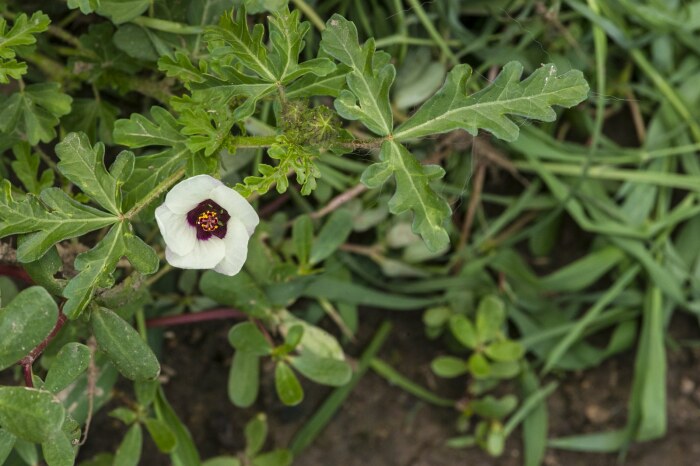
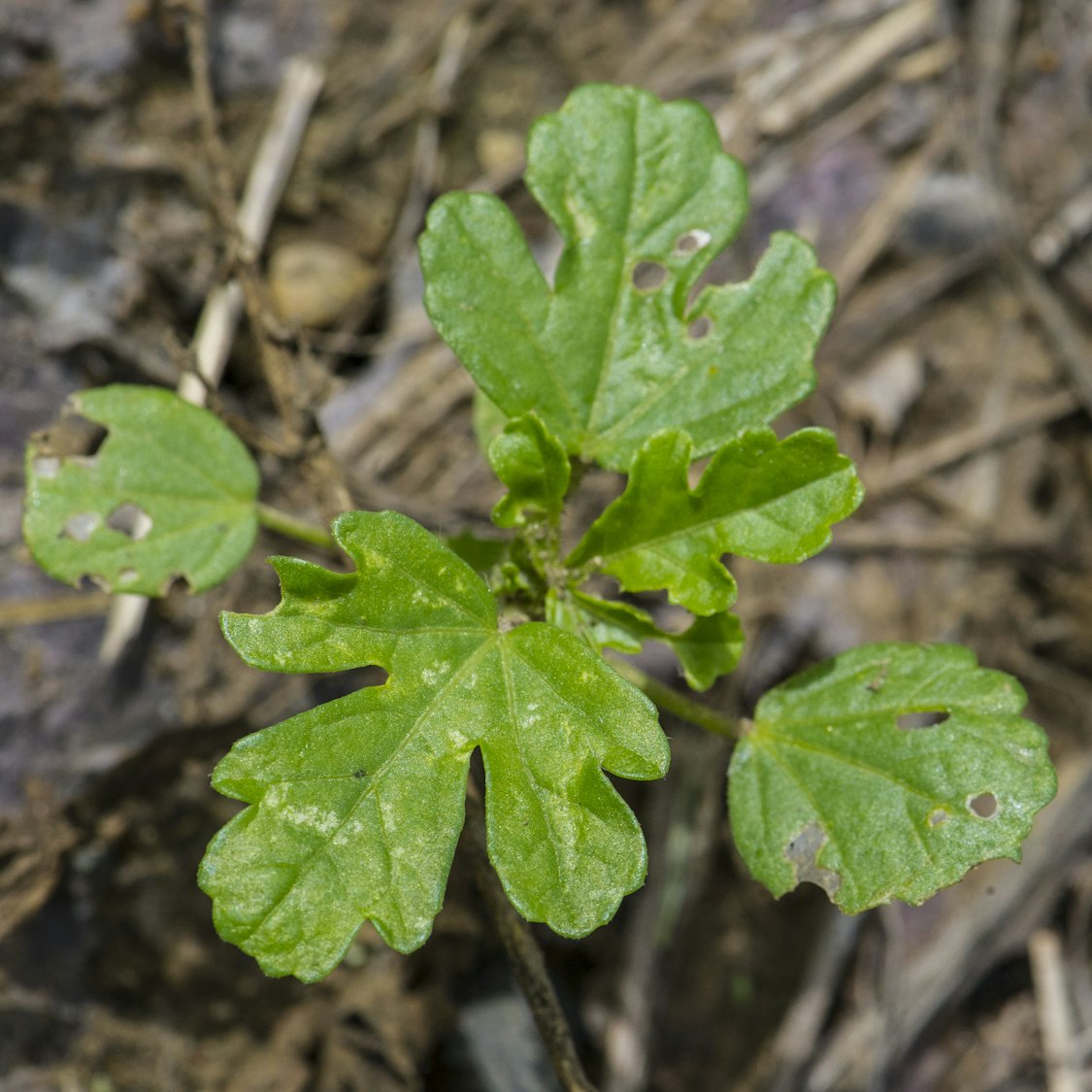
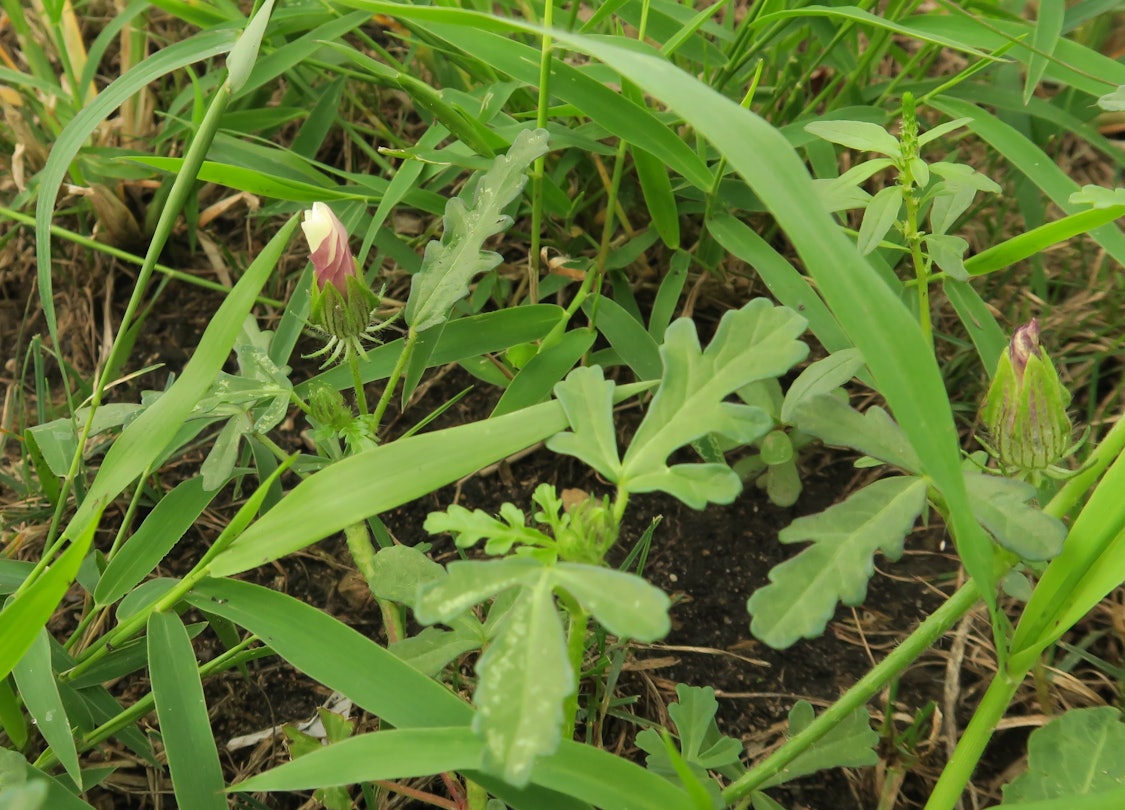
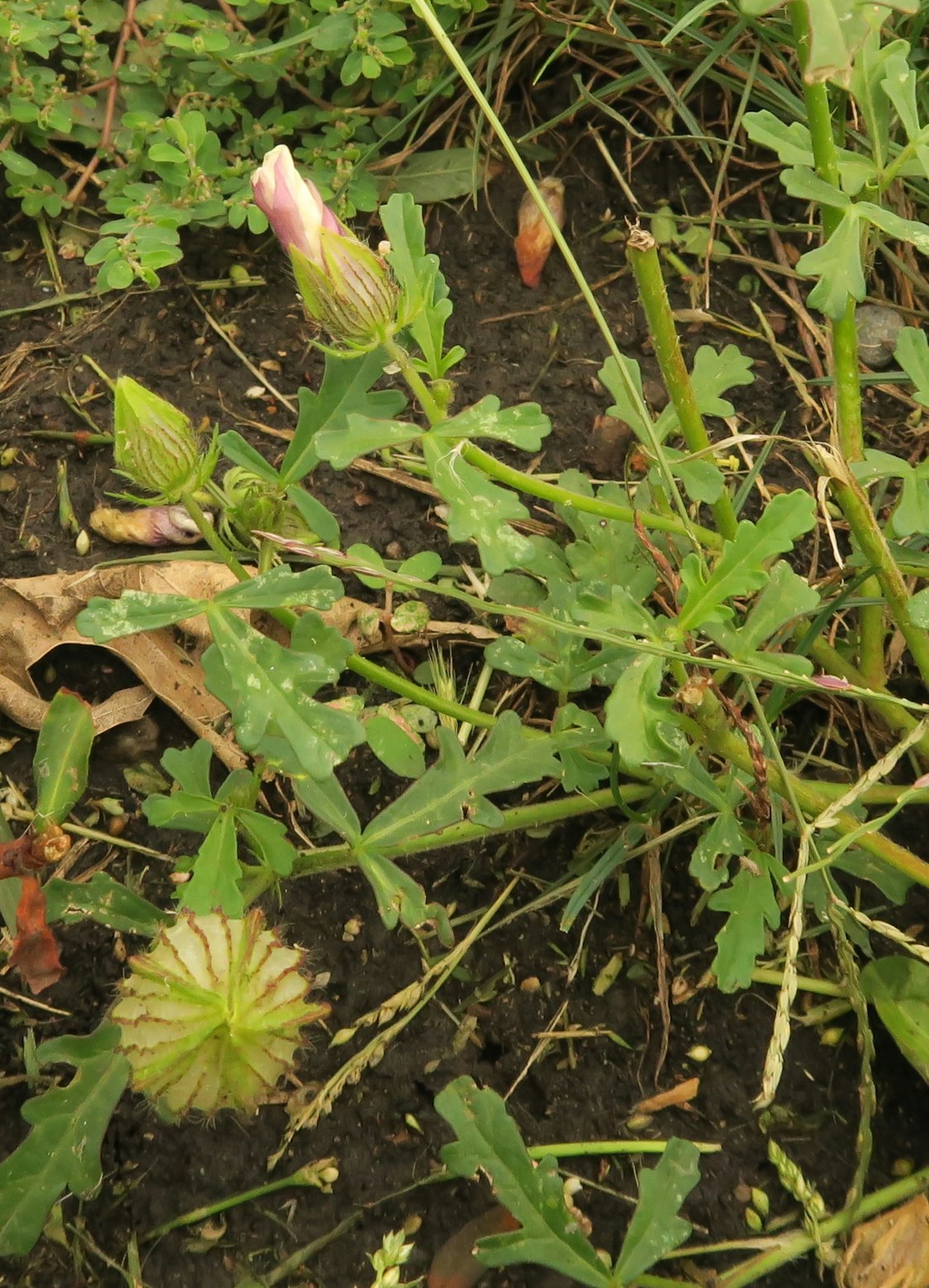
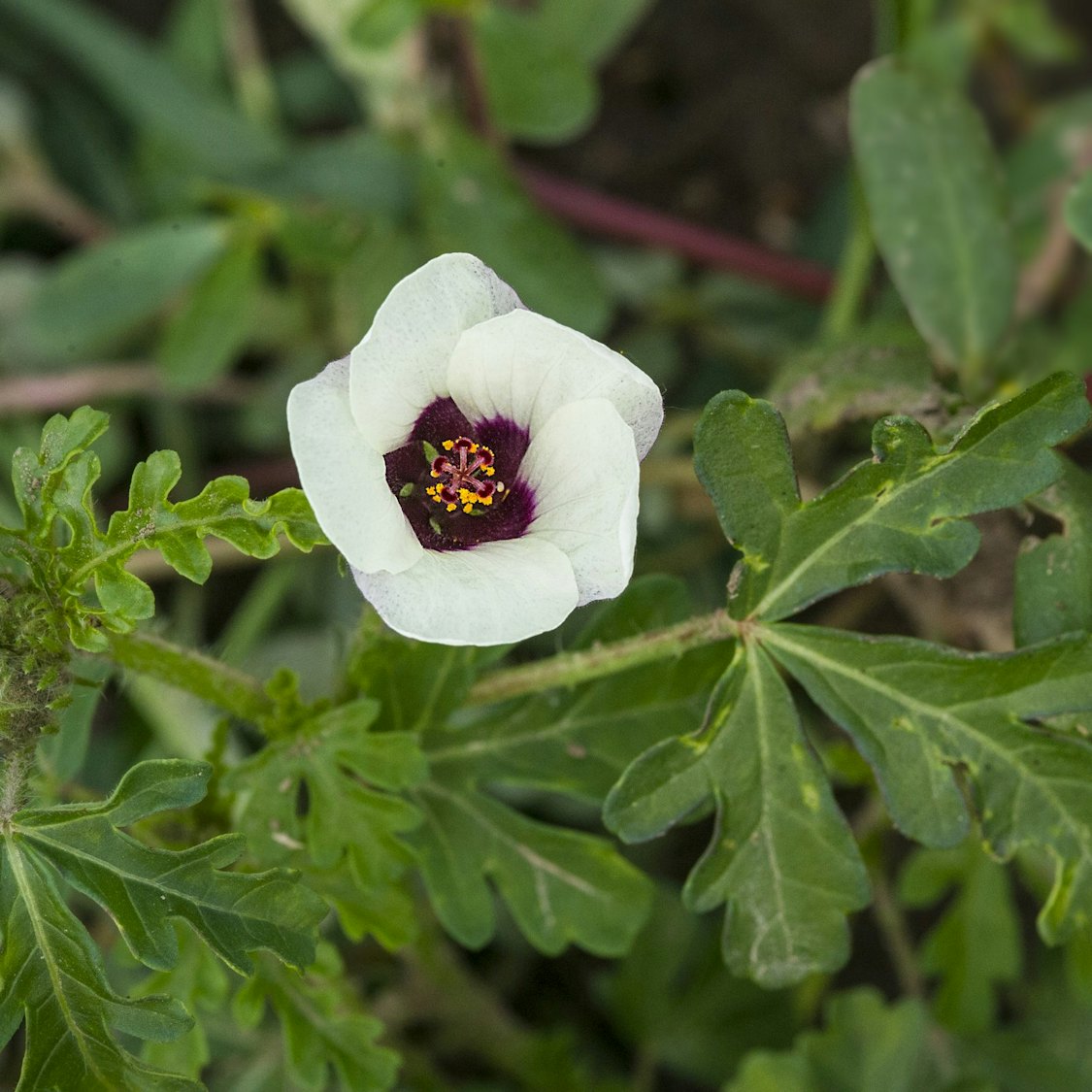
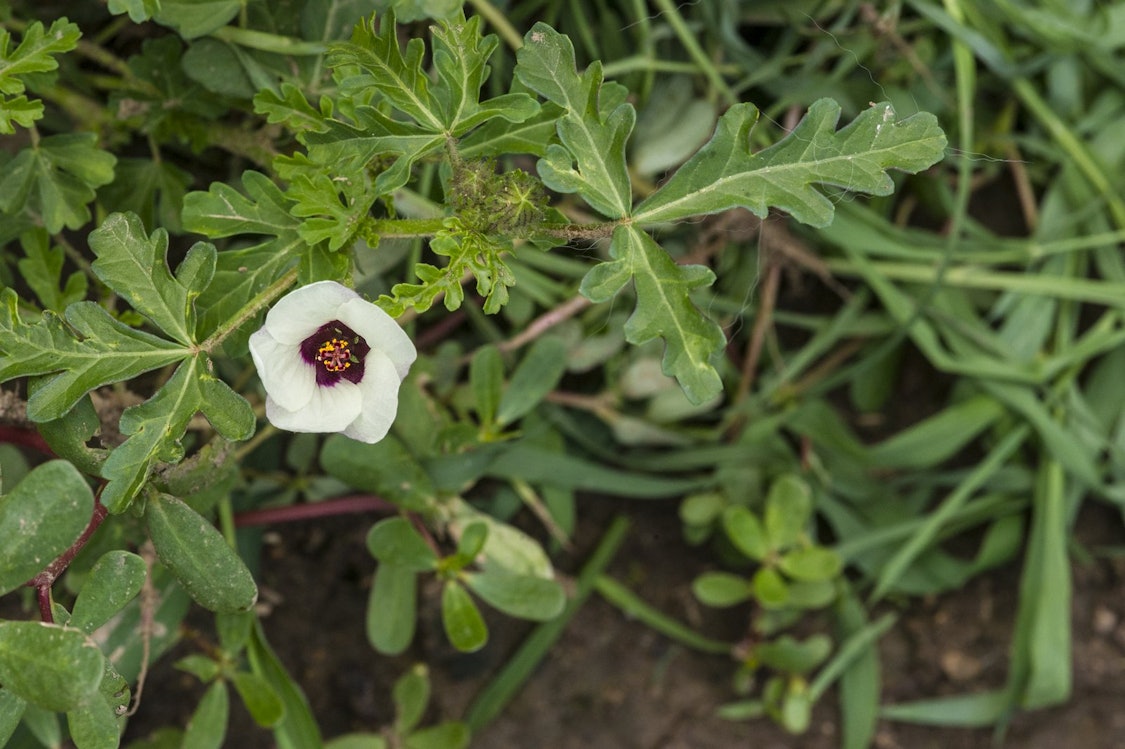
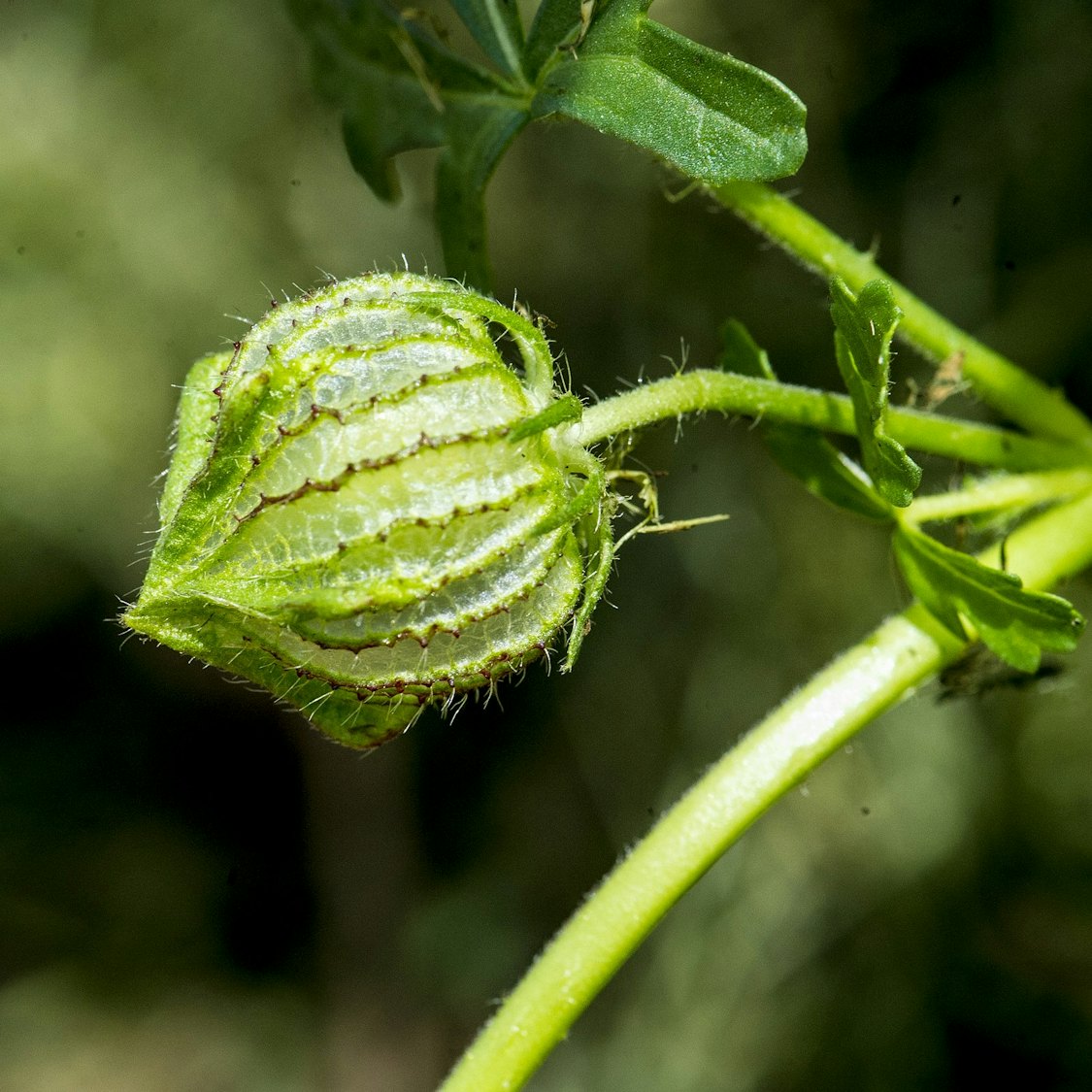
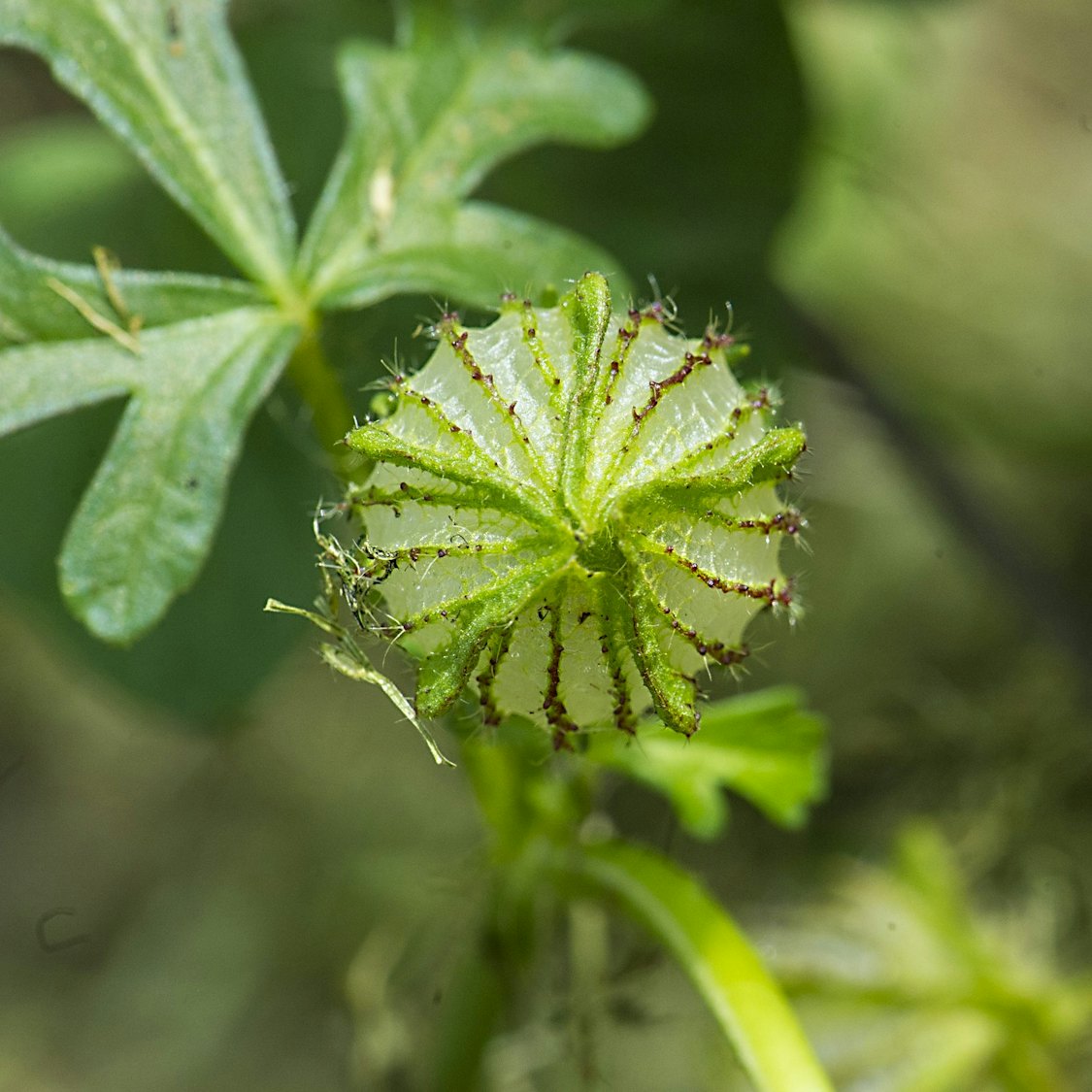
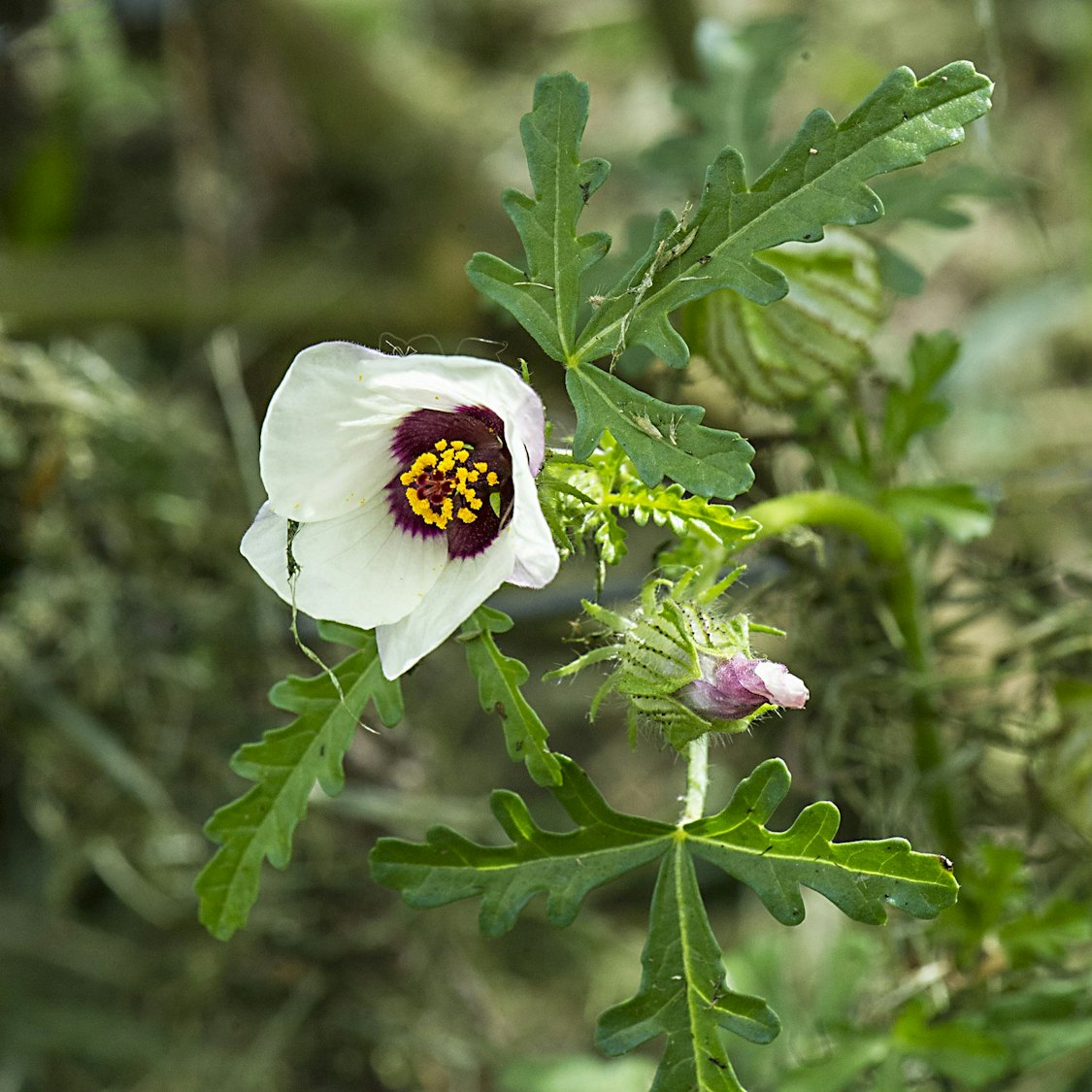
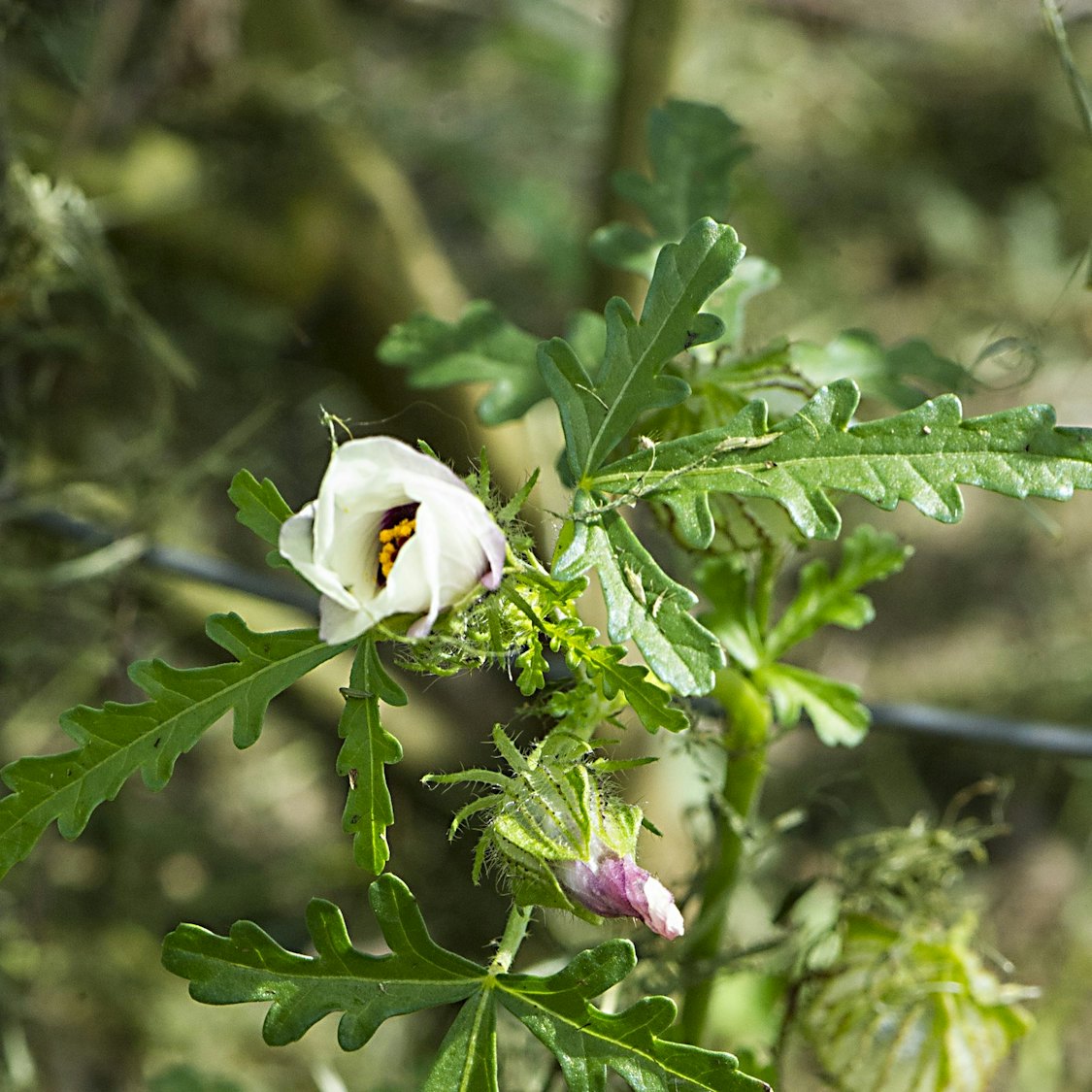
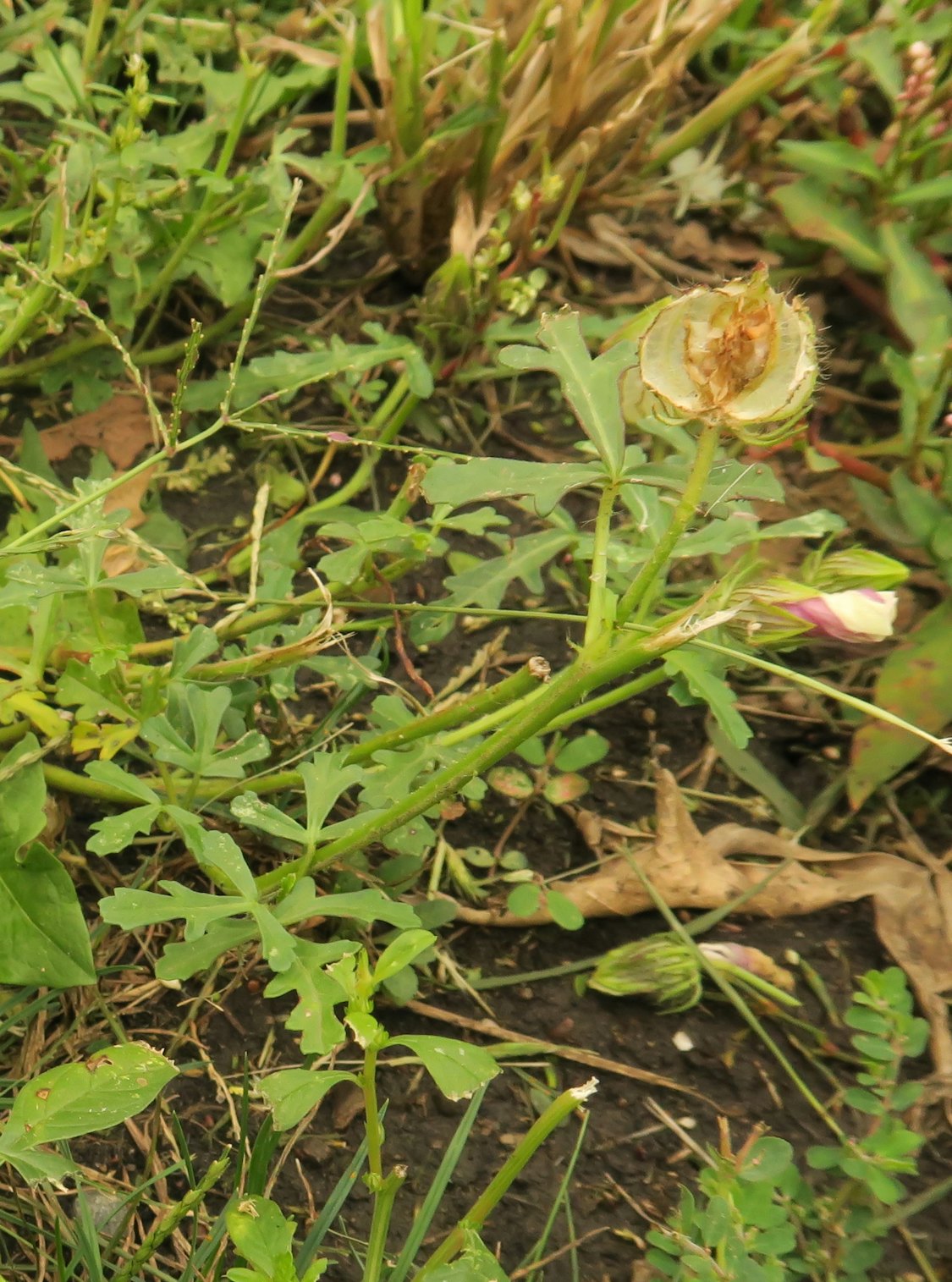
1 Comment
I occasionally wonder...
…what small areas of disturbed soil used to look like in Iowa before EuroAmericans brought over dozens if not hundreds of Eurasian plant species that fill the disturbed-soil niche. I once saw a passionate argument between two field botanists over how to classify the conservation status of rare native plant species that need disturbed soil.
As I recall, the argument happened because those rare species are occasionally found unexpectedly in certain human-disturbed places like quarries. Yet sometimes those species cannot be found in protected natural areas where soil is no longer disturbed by bison wallowing, for example. The Midwestern landscape of a few centuries ago has been changed in ways that we’ll probably never understand.
PrairieFan Fri 8 Oct 10:11 PM